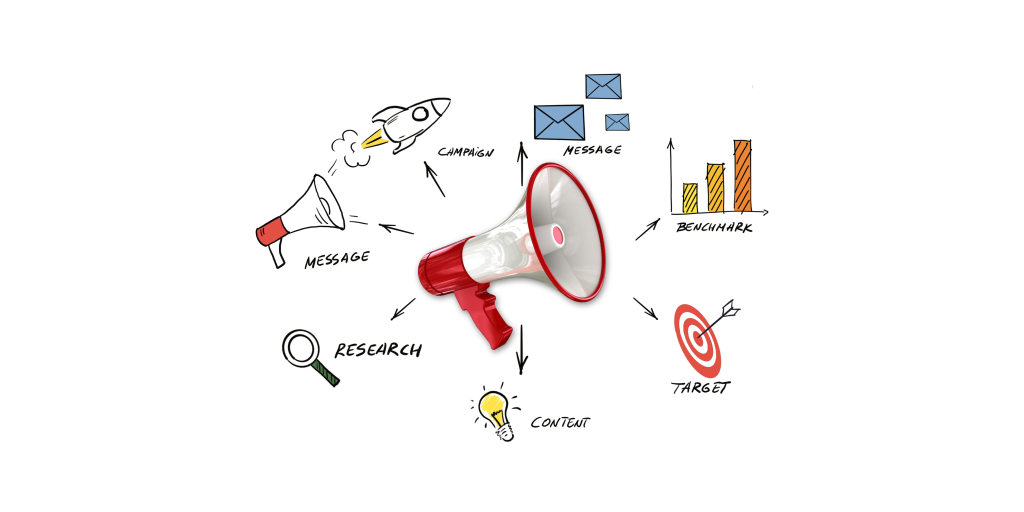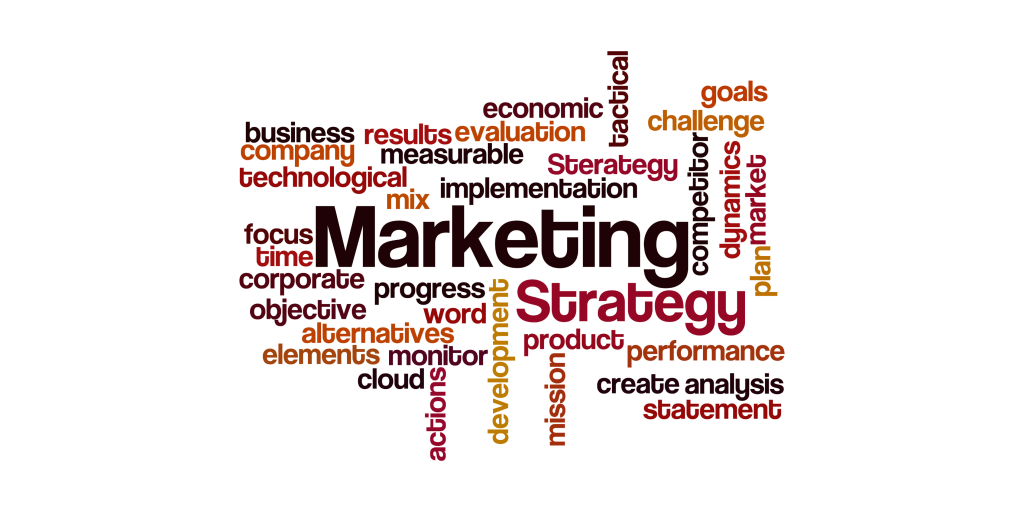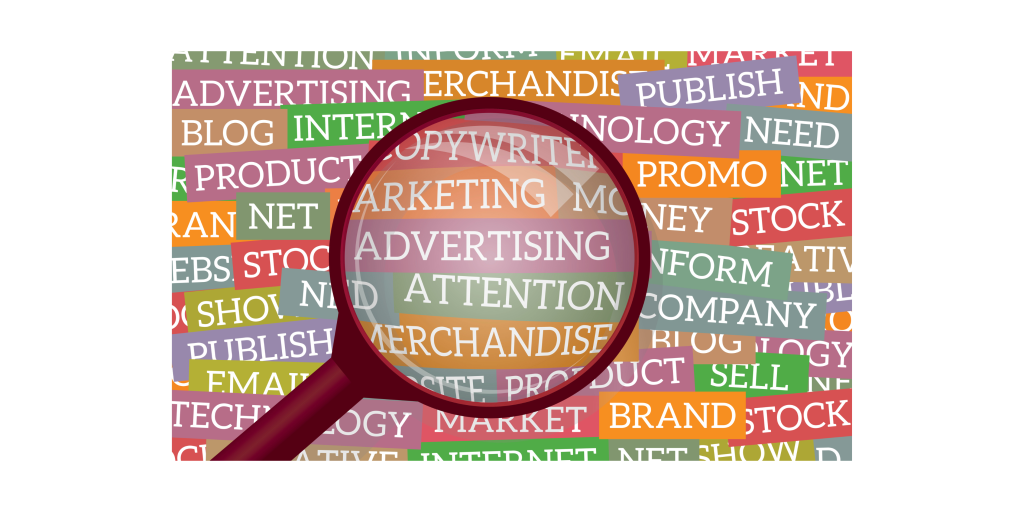How to Drive Success Through Better Collaboration and Productivity with Team Efficiency Meaning Advertising?
Team Efficiency Meaning Advertising has become a key driver of success. It’s no longer enough to simply have a creative or capable team — it’s essential that your team operates efficiently to deliver high-quality campaigns on time and within budget. Whether you’re running a digital marketing agency, handling in-house campaigns, or working with multiple partners, team efficiency can make or break the success of your advertising initiatives.
what team efficiency meaning advertising, why it matters, and practical strategies to improve it. Along the way, we’ll explore how optimizing team performance can help businesses achieve better results and ensure that their campaigns run smoothly from start to finish.
Table of Contents
What Is Team Efficiency in Advertising?
At its core, team efficiency refers to how effectively a group of individuals work together to achieve common goals, while maximizing their output and minimizing wasted time and resources. In the context of advertising, it means optimizing how your team collaborates, communicates, and executes tasks related to an advertising campaign.

A team that works efficiently can streamline processes, maintain focus, and hit deadlines consistently, ensuring that campaigns are delivered to clients or stakeholders on time and are of the highest quality. It involves:
- Effective communication: Clear and transparent communication is key to ensuring all team members are aligned with the campaign’s goals and deadlines.
- Collaborative workflows: Teams that work well together can leverage the strengths of individual members to solve problems faster and more creatively.
- Smart resource allocation: Efficient teams make the most of available tools, data, and personnel to avoid redundancy and reduce unnecessary tasks.
- Time management: An efficient team knows how to prioritize tasks, ensuring that deadlines are met without sacrificing quality.
Why Is Team Efficiency Crucial for Advertising Success?
In the world of advertising, efficiency isn’t just a nice-to-have feature — it’s a necessity. Here’s why team efficiency plays such a crucial role:
1. Increased Productivity
Advertising projects often have tight timelines, and the pressure to deliver high-quality campaigns can be overwhelming. When teams operate efficiently, they can accomplish more in less time, ensuring faster execution of ideas. Higher productivity means your team can manage multiple campaigns simultaneously without compromising quality.
2. Improved Creativity and Innovation
Efficient teams spend less time on mundane tasks and can focus more on creative and strategic aspects of the campaign. With streamlined workflows, there’s more room for brainstorming, innovation, and testing new ideas. This leads to campaigns that stand out and deliver better results.
3. Higher Return on Investment (ROI)
When teams are efficient, there is less time wasted on unnecessary processes or redundancies. By optimizing resources, advertising campaigns become more cost-effective, leading to a better ROI. Businesses can allocate funds to more impactful elements of a campaign, driving stronger results without exceeding the budget.
4. Faster Time-to-Market
The advertising landscape is competitive, and speed can be a decisive factor in success. Teams that work efficiently can bring campaigns to market more quickly, giving you a competitive edge. Faster execution means more time to adjust and optimize campaigns based on real-time data.
5. Improved Client Satisfaction
Clients expect timely delivery of high-quality work. An efficient team ensures that campaigns are completed on schedule, reducing the risk of delays and disappointing clients. Satisfied clients are more likely to return and provide referrals, which is crucial for business growth.

Key Strategies to Boost Team Efficiency in Advertising
Now that we understand the importance of team efficiency in advertising, let’s explore some practical strategies to improve your team’s performance:
1. Define Clear Roles and Responsibilities
One of the first steps in improving team efficiency is ensuring that every team member understands their role and responsibilities. When roles are clearly defined, there is less confusion and duplication of effort. It’s important to establish who is responsible for what tasks and ensure that everyone knows their individual and collective goals. This helps to streamline workflows and prevents misunderstandings.
2. Embrace Agile Methodologies
Agile methodologies, such as Scrum or Kanban, are widely used in the advertising world to increase team efficiency. These methods promote flexibility, constant feedback, and iterative improvements, which align perfectly with the dynamic nature of advertising.
Agile helps teams break down larger tasks into smaller, more manageable pieces. This allows for regular progress checks, quick pivots when necessary, and ensures the project stays on track. Agile also fosters communication and collaboration, which is essential for delivering successful campaigns.
3. Implement the Right Project Management Tools
To improve efficiency, advertising teams must leverage project management tools that help organize tasks, set deadlines, and track progress. Platforms like Trello, Asana, Monday.com, and ClickUp allow teams to visualize their workflow and stay on top of tasks. These tools enable project managers to assign tasks, monitor deadlines, and keep everyone aligned on their deliverables.
In addition, tools that integrate with other advertising platforms — such as Google Ads or social media management tools — can centralize data and reduce manual work.
4. Foster Clear and Open Communication
Effective communication is the backbone of an efficient team. Without it, miscommunication and confusion can lead to mistakes, delays, and inefficiencies. To improve team communication, establish regular check-ins and feedback loops.
Daily stand-ups, weekly reviews, or bi-weekly team meetings allow everyone to stay on the same page and address issues as they arise. Additionally, using messaging platforms like Slack or Microsoft Teams can promote real-time collaboration and quick decision-making.
5. Leverage Data and Analytics for Informed Decision-Making
Advertising teams can significantly improve their efficiency by utilizing data and analytics tools to monitor campaign performance. Platforms like Google Analytics, Facebook Ads Manager, and HubSpot provide real-time insights into how campaigns are performing, which enables teams to make quick adjustments.
Data-driven decision-making reduces the time spent on trial and error, allowing teams to focus on strategies that are proven to work. By analyzing previous campaigns, teams can identify patterns, learn from mistakes, and continuously improve their processes.
6. Outsource Tasks When Necessary
While it’s important to optimize internal team performance, there are instances when outsourcing certain tasks can be more efficient. For example, hiring freelance graphic designers, copywriters, or video editors for specific campaign elements can help reduce workload and allow your team to focus on core strategic functions.
Outsourcing tasks that require specialized expertise ensures high-quality work and saves time in areas outside the team’s core competency.
7. Encourage a Collaborative Team Culture
An environment that fosters teamwork and collaboration is essential for improving efficiency. Encouraging open dialogue, brainstorming sessions, and constructive feedback helps the team share ideas, learn from each other, and solve problems faster. A collaborative culture promotes trust and enhances team cohesion, leading to smoother workflows and faster problem resolution.
8. Monitor Progress and Measure Efficiency
To know whether your efforts are truly improving efficiency, it’s important to measure progress using key performance indicators (KPIs).
For advertising teams, KPIs can include:
- Campaign turnaround time: How quickly can your team develop and launch a campaign?
- Quality of output: Are the campaigns meeting or exceeding client expectations?
- Budget adherence: Is the team staying within budget while maximizing results?
- Collaboration effectiveness: How well is the team communicating and working together to meet deadlines?
Regularly tracking these metrics gives your team insights into their strengths and areas for improvement, allowing you to optimize workflows continually.

Conclusion
In the competitive world of advertising, team efficiency is a critical factor in ensuring that campaigns are successful. By establishing clear roles, embracing agile methodologies, using the right project management tools, and fostering open communication, businesses can improve their team efficiency and achieve better results.
Ultimately, boosting team efficiency isn’t just about speed; it’s about working smarter, optimizing resources, and delivering high-quality campaigns that meet client expectations. By implementing the strategies outlined in this article, advertising teams can enhance collaboration, increase productivity, and maintain a competitive edge in an ever-evolving industry.
If your team operates efficiently, not only will you meet your advertising goals — you’ll exceed them, driving better performance and long-term success.
